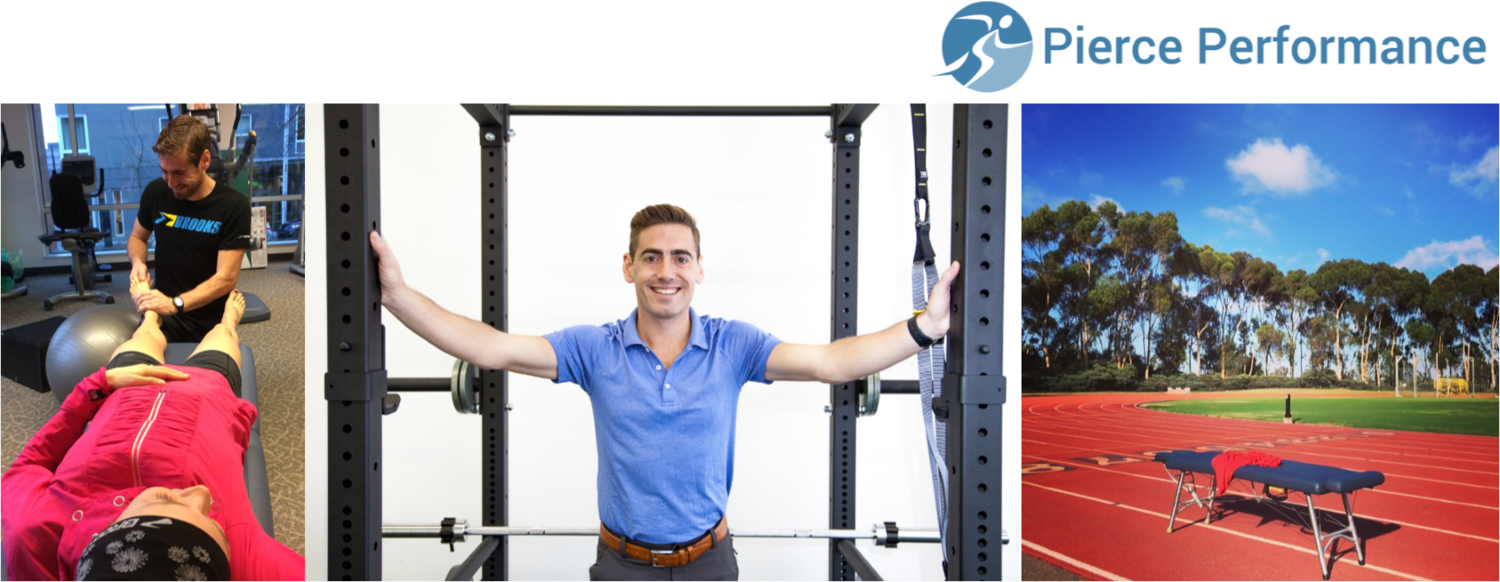Shin splints are one of the most dreaded injuries known to runners, triathletes, ballet dancers, and certainly to weekend warriors of all types. Shin splints typically present as a dull ache in the lower shin, that will likely intensify during exercise. Someone that’s beginning in a sport or a training regime (high school athletes) or returning to activity after a long hiatus is typically the most vulnerable for developing shin splints. The good news is that they are actually an easily-treated injury to a skilled practitioner. This does not, however, mean they are not to be taken seriously. As with any injury, the more you come to understand the factors that could be at play, the better equipped you will be to deal with treatment, with finding a good provider, and with preventing future occurrences.
Shin splint pain is essentially tension from the soft tissues, muscular attachments on the outer layer of the bone (tibia or fibula), called the periosteum, being under high tension and pulling on the bone. This tensile strain on the periosteum creates pain and a signal change in the bone such that the body starts to inflame the area.
If allowed to persist unchecked, either a fracture line can develop or the body may start to deposit calcium and new bone formation can occur in the site.
In my experience, shin splints typically arise and become the most pronounced when there are some of the following factors at play.
- Extremely high impact forces. These can be caused by the wrong running surface, the wrong shoes, weakness elsewhere in the body besides the lower leg, or also improper biomechanics causing excessive loading and stress up through the foot into the leg. This could also be high volume or impact such as in triple jumpers and basketball players.
- Improper postural positions in the gait cycle or in the position in which the person is doing their activities. The loading of the tibia and foot in relation to hip and knee is a good example.
- Architectural problems in the musculoskeletal system. This could be something such as joint dysfunction or an imbalance of strength from one side of the lower leg to the other. An example would be excessive tightness in the anterior part of the lower leg, the shin musculature, and a weakness corresponding in the antagonist musculature, the gastrocnemius and the soleus in the back of the lower leg.
- Rigidity or fixations in the foot, especially in the mid foot—the tarsal bones, the cluster of cuneiforms, navicular, and the cuboid bone, combined with the talus and the calcaneus. Sometimes there is also a fixation of the fibula at the fibular head. See advanced anatomy discussion below.**
- Poor circulation in the lower leg. This could be from a pre-diabetic condition or from other environmental factors such as long periods of sitting and compression upon the nerves running down to the lower leg. Treatment of shin splints can be greatly affected by improving circulation. Compression socks on flights, sit/stand desk options at work, and addressing compression of nerves from the lumbar spine are all ways to improve circulation if it is an issue.
The best way to deal with shin splints is to see a provider/specialist such as an A.R.T. provider/Chiropractor/Physical Therapist who can do soft tissue and joint manipulation to the lower leg. We also recommend thorough assessment of core stability and functional ability of the pelvis and the power musculature of the leg, meaning hamstrings, glutes, quadriceps, and adductors.
Note: Some thoughts for providers:
- Do not rely upon a lot of E-stim, ultrasound and ice only along with basic calf stretches, you’re not being detailed enough.
- Make sure you are assessing the range of motion of the foot and ankle or fixations in the tibia and the fibular regions, and assessing function of the glute and hip complex as it relates.
- Shin splints can also be greatly alleviated by:
- Strengthening programming (i.e. is the deep compartment and soleus under high tension making the gastrocnemius fibrotic and weak?)
- Making proper biomechanical improvements such as improving foot contact and time on the ground, and running on softer surfaces or with the appropriate footwear
- Usually going into orthotics doesn’t need to be the only remedy for shin splints but it does sometimes provide relief. In particular, if the scenario is very acute, it can be a good way to stimulate change in an effective way as a short term solution.
**For proper tibia/fibula function, the tibia needs to rotate internally and externally upon the femur, and the fibula head needs to float and have some mobility and rotation on the tibia. When there’s a fixation—either distal (lower) or proximal (higher)—of the fibula upon the tibia, you will also see a corresponding dysfunction in the ankle joint somewhere, either in the talocalcaneal, navicular joints or in the subtalar joint. The fixation of the fibula is a very common problem with shin splints—especially medial tibial stress syndrome (MTSS--shin splint occurs in inside of shin). If the tib/fib aren’t moving normally then the deep flexor muscles have distorted function. This creates increased tension, dampens muscular contractions, and leads to microtearing and strain on the periosteum and in the musculature.
